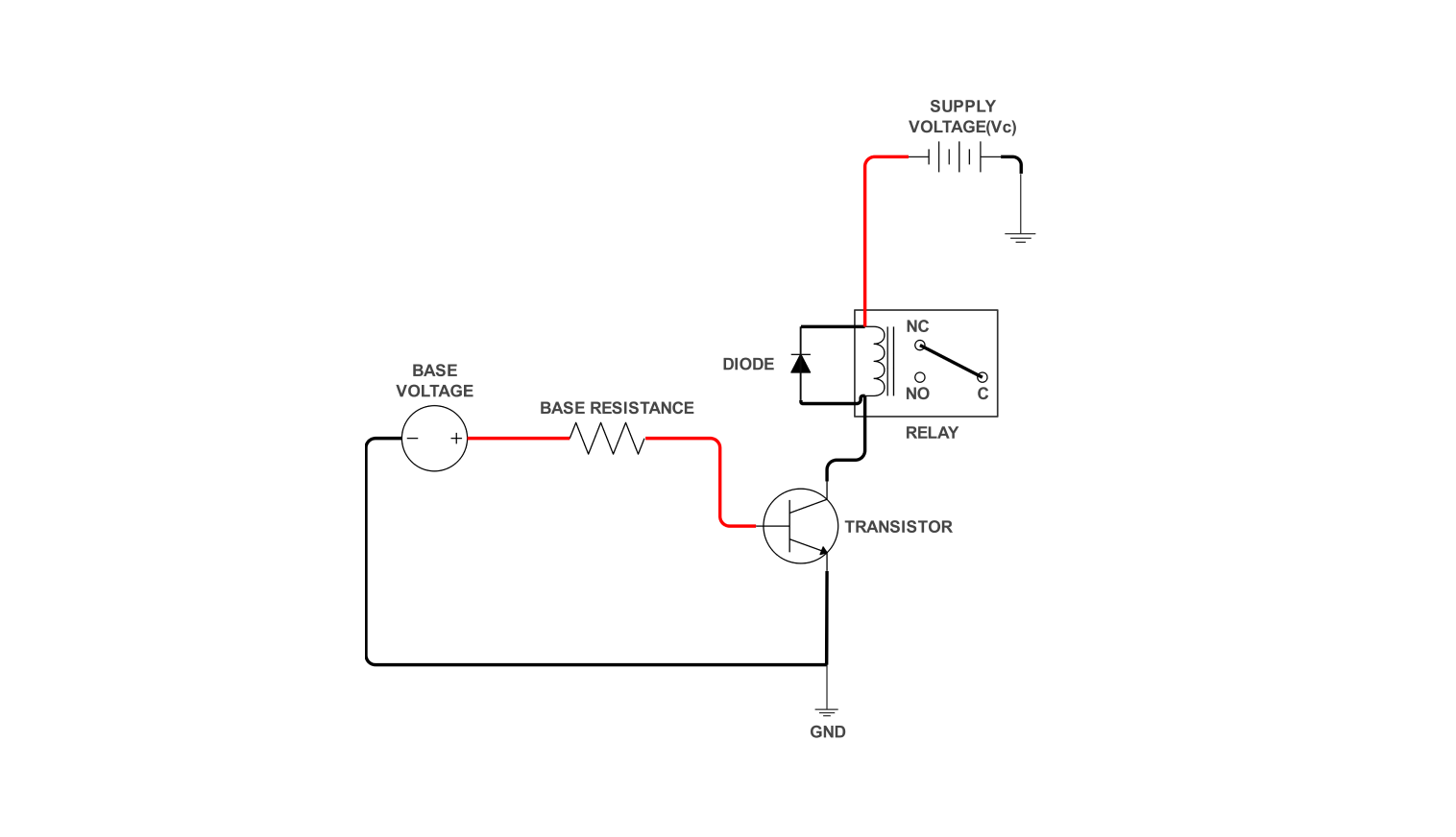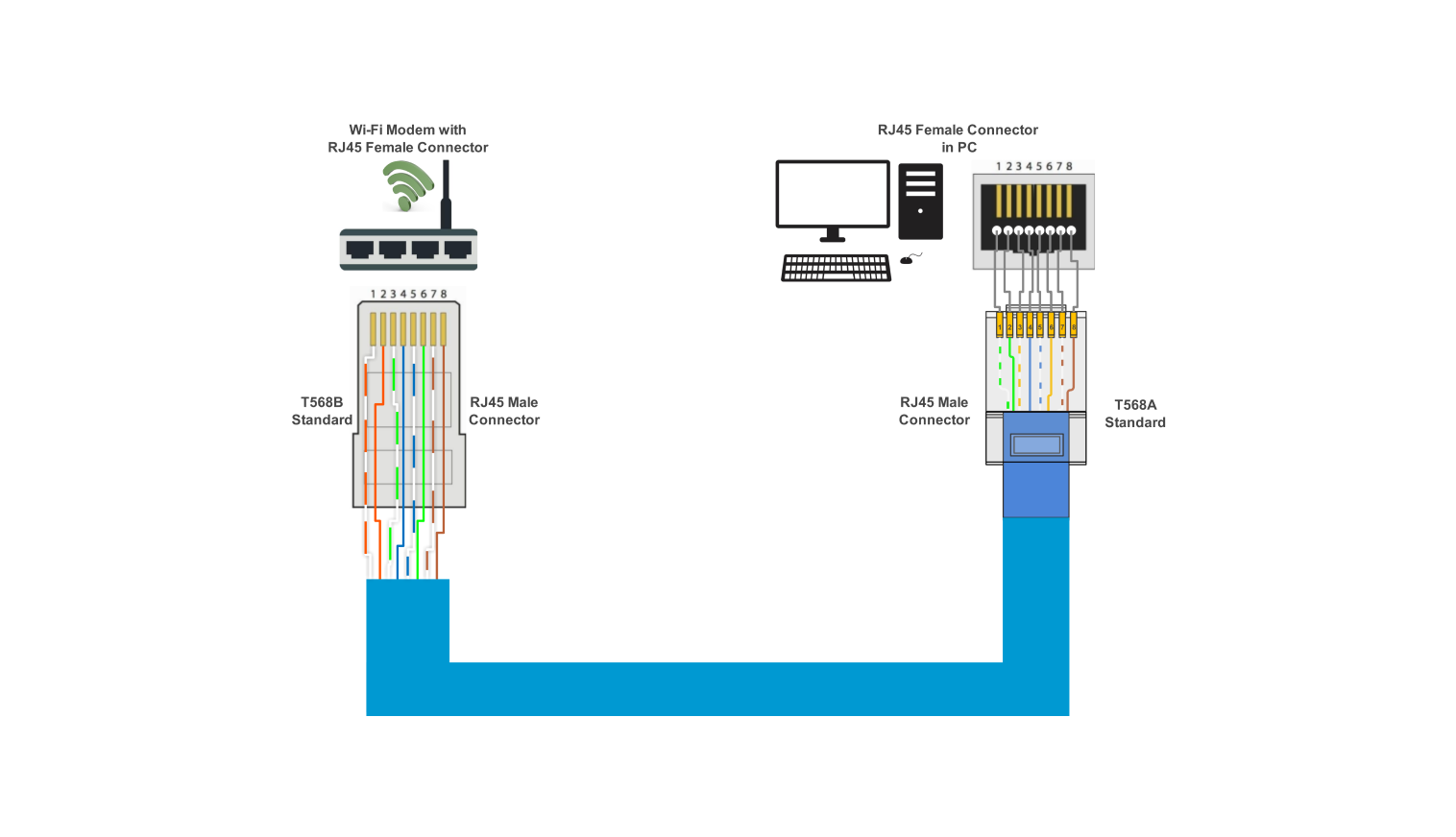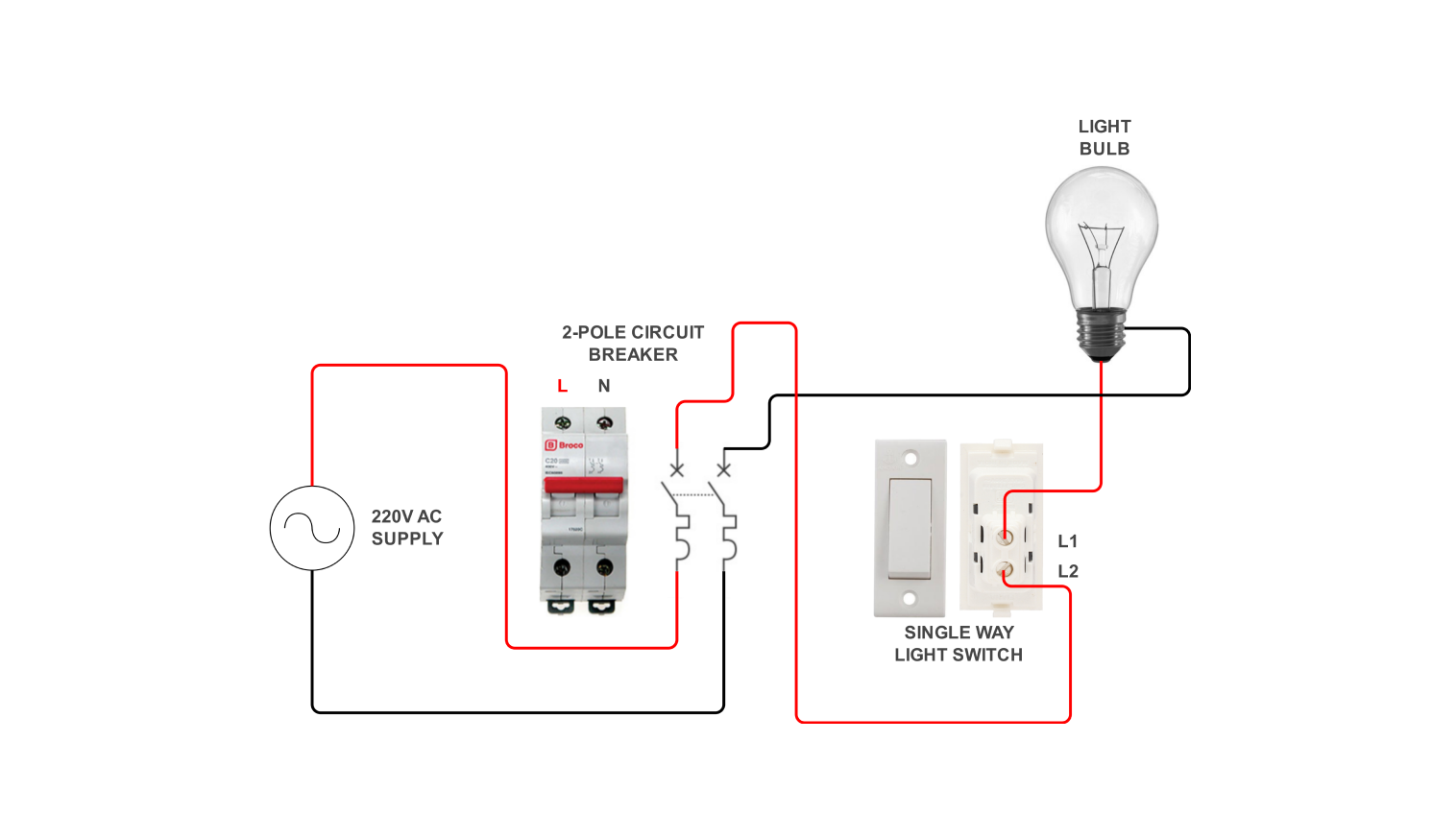- All templates
- Wiring diagram templates
- Alternator wiring diagram
About the alternator wiring diagram
Sticking to the designed wiring system of the 3-wire alternator in the charging system of the vehicle, each wire is essential for proper functioning and a fully charged battery. The initial stage is the layering of the main power cable, it directly charges the battery and energizes electrical functions.
The alternator itself produces electric energy from mechanical energy, through the engine power, and the main power cable supplies power to the battery for storage and also provides power to the rest of the vehicle's electric system.
As long as the battery voltage drops signalizing a higher electricity consumption or a battery discharge, the alternator automatically makes allowance for this and increases its current output to protect the charge of the battery.
All three circuits, the main power one, the current sensing, and the ignition one are designed in a way that helps to maintain the battery of the vehicle and to keep all its electric components working properly.
How to use the wiring diagram template
Click on Edit it online to open the wiring diagram template. Once the template is opened, look for the Libraries panel on the left side. There you can find all the electrical components that you might want to add in. Drag and drop the needed symbols onto your canvas.
To modify this template, go to the Electrical Engineering section in the library, and expand the Basic Electrical category. There you can swap components, adjust values, and even add labels to tailor the circuit. You can also change line styles, colors, and text fonts for better clarity.
Click File > Export and choose your preferred format (e.g., image file, PDF, SVG) to share wiring diagram. Finally, click Export to finalize your export process.
Benefits of the template
The circuitry of the alternator is depicted by a wiring diagram making it easier for the electrical designers to apprehend how the alternator works within the entire electric system.
It is of immense significance to perceive how these parts are related to one another so that electrical designers can make sure that the alternator is completely incorporated into the vehicle's electrical system. Proper integration ensures that:
- The alternator supplies a match in voltage & current to match the electrical demand of the car.
- The battery is fully charged and regularly checked and maintained.
- The system featuring the electrical one is immune to harmful impacts produced by voltage surges or overloading.
FAQs about this template
-
How many wires should go to the alternator?
Typically, a modern alternator in a vehicle requires three main wires for proper operation:
-
Main Power Wire:
It is a wire that supplies the alternator with power going directly to the positive terminal of the vehicle. It functions as the electrical current-carrying bridge between the alternator, the battery, and the entire vehicle's electrical system.
-
Sensing Wire:
Through this sensing wire, the voltage of the battery would be sensed as well. voltage feedback is sent from the motor to the regulator in the alternator allowing it to adjust its voltage to continue with the proper charging process.
-
Ignition Wire:
An ignition relay wire is used to establish a connection between the alternator and the ignition switch of the car. The alternator switches on as the ignition key is turned on, and the alternator starts up the process of electricity generation.
-
Main Power Wire:
-
What activates the alternator?
In this process, the load is accepted by the alternator under the influence of the car's starting system. During your ignition operation and if you key in the "on" position power is supplied to the alternator through the ignition wire.
This action is transmitted to an alternator leading to the latter's beginning of electricity production mode. However, the alternator continues operating for the period the engine is working and the ignition system is intact.
-
What is the purpose of the alternator?
The main function of an alternator in the vehicle’s system is to produce electricity to charge the battery and to supply electricity to the number of electrical devices of the vehicle. This electrical energy is used to:
-
Charge the vehicle's battery:
The alternator, in turn, regenerates the charge in the battery to keep it at the right state of charge at all times and this allows the engine to crank it over and also run the other electrical systems.
-
Power the vehicle's electrical systems:
The alternator is responsible for producing electrical power to run all the essentials below like lights, buttons on the dashboard, audio system, climate control, and other electrical accessories of the car.
-
Maintain electrical stability:
The alternator helps maintain a stable voltage supply to prevent electrical system malfunctions and ensure proper operation of sensitive electronic components.
-
Charge the vehicle's battery:
Related templates
Get started with EdrawMax today
Create 210 types of diagrams online for free.
Draw a diagram free Draw a diagram free Draw a diagram free Draw a diagram free Draw a diagram free





